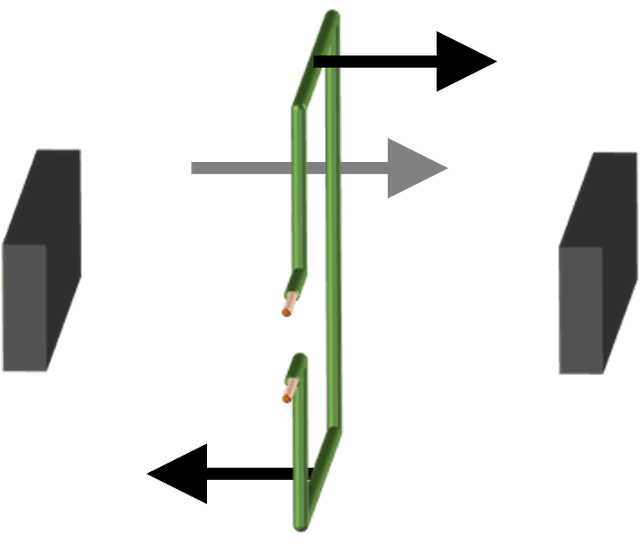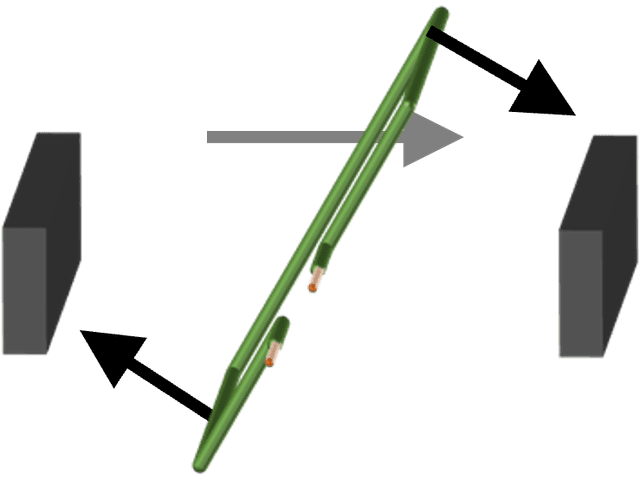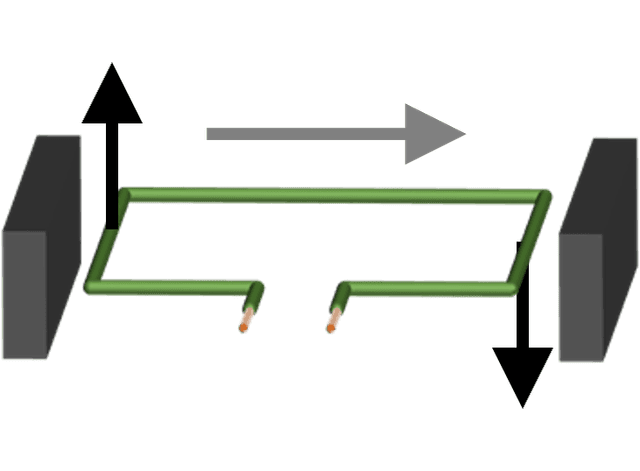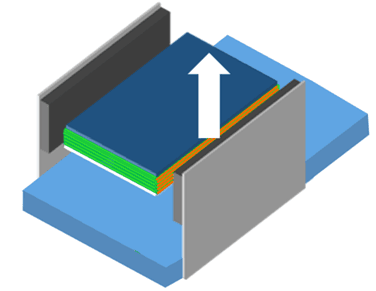Myths about teaching can hold you back
- Year 11
- AQA
- Higher
Electric generators
I can describe how a dynamo works to generate DC and how an alternator works to generate AC.
- Year 11
- AQA
- Higher
Electric generators
I can describe how a dynamo works to generate DC and how an alternator works to generate AC.
These resources were made for remote use during the pandemic, not classroom teaching.
Switch to our new teaching resources now - designed by teachers and leading subject experts, and tested in classrooms.
Lesson details
Key learning points
- Rotating a conducting loop in a uniform magnetic field induces a potential across the ends of the loop.
- An electrical generator can be made in the same way as an electric motor.
- A DC generator (dynamo) generates a varying DC current.
- The connections in an AC generator (an alternator) are different to those of a dynamo.
- An alternator makes an alternating current that repeatedly reverses direction as the coil spins round.
Keywords
Induced potential - The potential difference generated in a conductor moving relative to a magnetic field.
Direct current (DC) - An electric current that consistently flows in one direction.
Dynamo - A generator of direct current.
Alternating current (AC) - An electric current that repeatedly reverses direction.
Alternator - A generator of alternating current.
Common misconception
Magnets can attract or repel electric charges in a wire.
Explain that the correct explanation for what is happening is usually taught to pupils studying physics at university. At this point, it is sufficient to be able to describe and predict what happens when a conductor is moving in a magnetic field.
To help you plan your year 11 physics lesson on: Electric generators, download all teaching resources for free and adapt to suit your pupils' needs...
To help you plan your year 11 physics lesson on: Electric generators, download all teaching resources for free and adapt to suit your pupils' needs.
The starter quiz will activate and check your pupils' prior knowledge, with versions available both with and without answers in PDF format.
We use learning cycles to break down learning into key concepts or ideas linked to the learning outcome. Each learning cycle features explanations with checks for understanding and practice tasks with feedback. All of this is found in our slide decks, ready for you to download and edit. The practice tasks are also available as printable worksheets and some lessons have additional materials with extra material you might need for teaching the lesson.
The assessment exit quiz will test your pupils' understanding of the key learning points.
Our video is a tool for planning, showing how other teachers might teach the lesson, offering helpful tips, modelled explanations and inspiration for your own delivery in the classroom. Plus, you can set it as homework or revision for pupils and keep their learning on track by sharing an online pupil version of this lesson.
Explore more key stage 4 physics lessons from the Electromagnetism unit, dive into the full secondary physics curriculum, or learn more about lesson planning.

Equipment
Licence
Prior knowledge starter quiz
6 Questions
Q1.Two magnets have their poles on their large, flat faces. They are positioned as shown in the diagram. Which of the following statements about the magnetic field between them are correct?

Q2.Which of the following diagrams show a uniform magnetic field between two magnets?




Q3.Which of the following can be caused by moving a wire through a magnetic field?
Q4.A pupil induces a current in a coil by moving a magnet into the coil. Which of the following changes would increase the induced current?
Q5.Which of the following actions induces a potential across a wire that is in an unchanging magnetic field?
Q6.A simple circuit has a resistor connected to a battery. The resistor does not heat up significantly. Which of the following statements are correct?
Assessment exit quiz
6 Questions
Q1.Current that always goes in the same direction is called current.
Q2.Match each key term with the correct description.
A device that produces AC in a rotating coil.
A device that makes a current-carrying coil rotate.
A device that produces DC in a rotating coil.
Q3.Which of the following statements about Fleming’s right–hand rule are correct?
Q4.The diagrams show a wire loop in a magnetic field with direction shown by the grey arrow. The wire is pushed as shown by black arrows. It is part of a circuit. In which diagram is no current induced?



Q5.Which of the following statements about a dynamo are correct?
Q6.The diagram shows an alternator’s magnets and coil (but no other parts). One side of the coil is painted orange; it is on the right, touches the left contact, and moves up. Which statement is correct?



